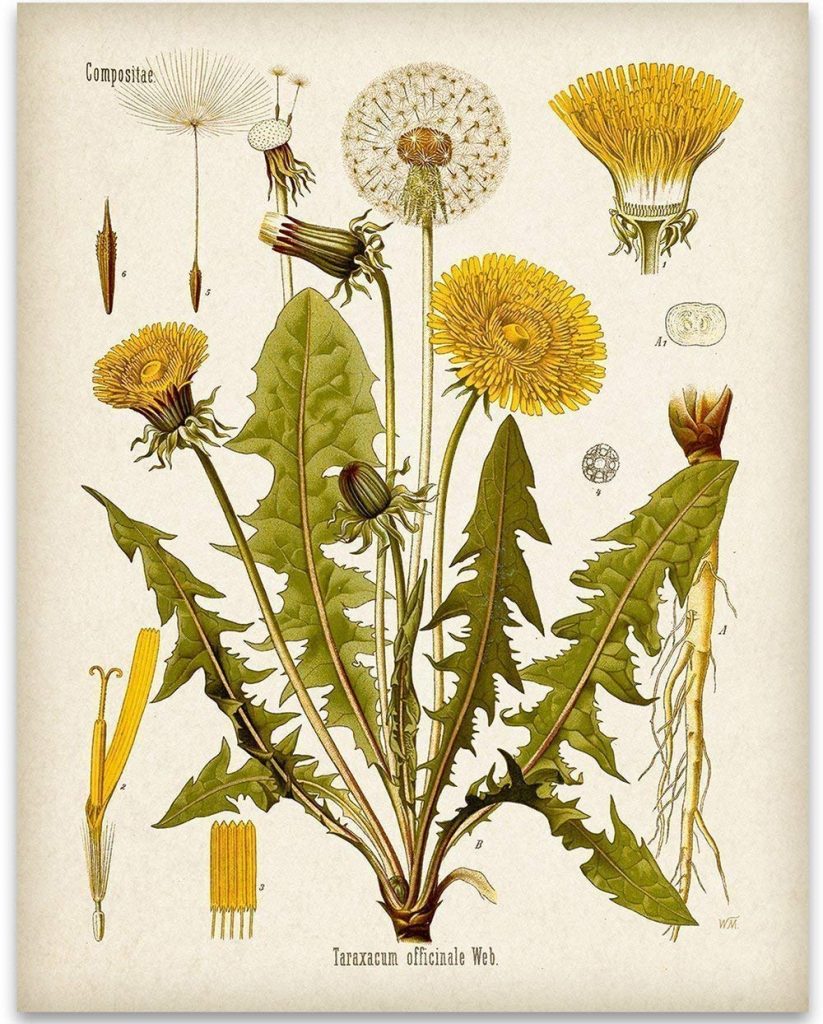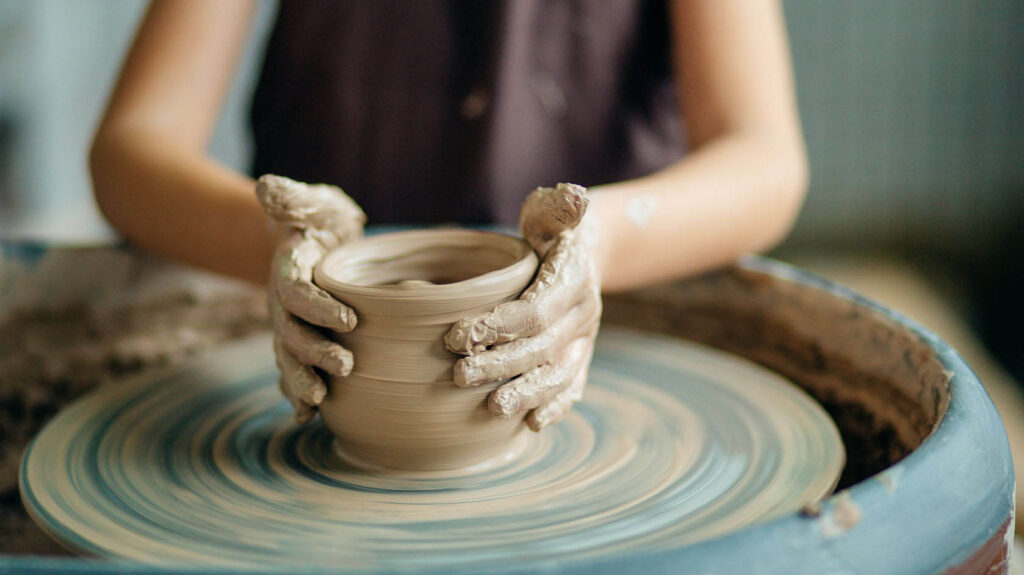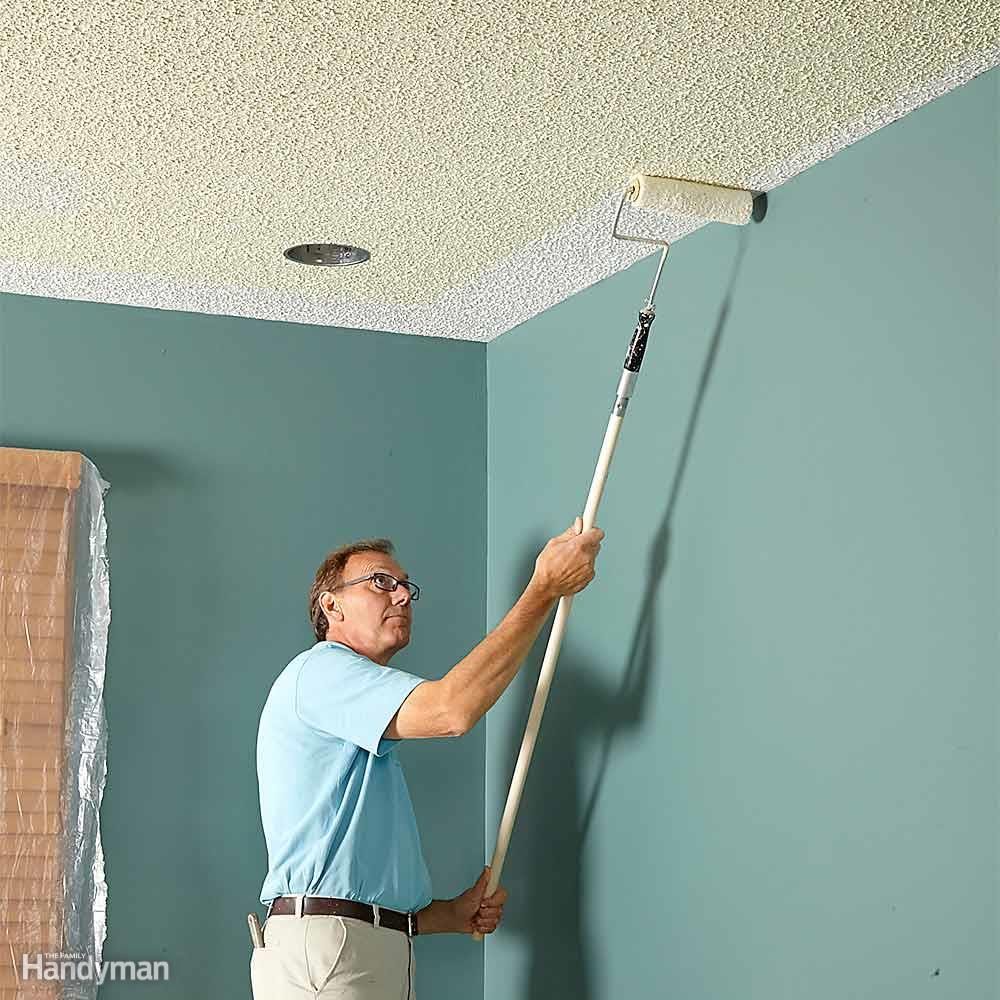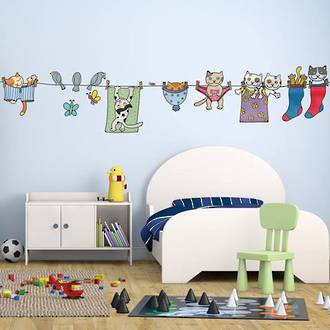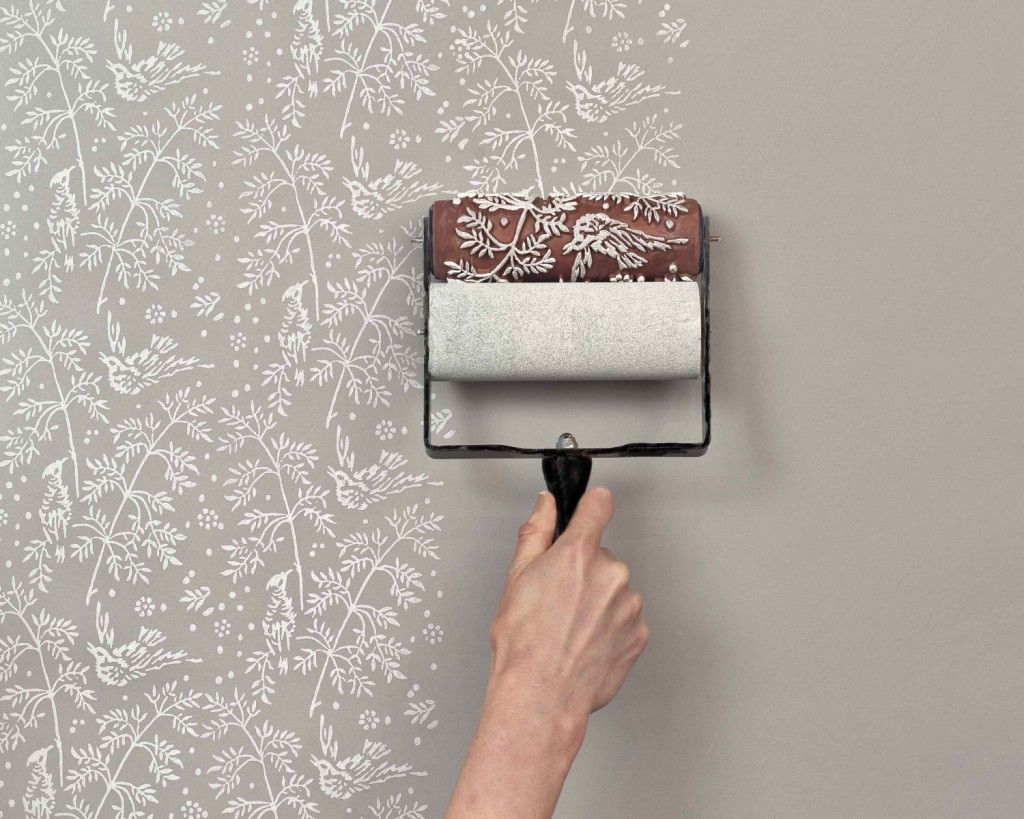
Professional Home Painting Tools Selection Made Easy. This article is going to cover the basics of selecting home painting tools including brush and roller types used in professional painting. To start with lets cover the equipment, a professional specializing in home painting really needs several brushes and one roller with several roller covers to produce high quality work. While there are several quality brands of paint brushes available for your use, the most commonly used by professionals for its long durability is “Purdy” brand. You will need one brush for latex paints, and one for oil based paints. I do not recommend that an amateur use oil based paints until they are able to do a good clean job with latex, as latex is easier to clean up after.
The brushes should be angle cut in order to make drawing a line with them easier. They will be labeled as to the type of hairs they have and what type of paint that is good for. Once purchased I recommend marking them with a permanent marker on the tip end of their handle as to what type of paint you use them in and then store them in their covers to protect the hairs from getting bent out of place.
A good brush will probably cost you $20.00 USD and should be 2-1/2 to 3 inches wide depending on personal preference. A smaller brush is easier to get into tight spaces with, while a wider one needs to be reloaded with paint less often. You may also need a small 1/2 inch or maybe even an artist brush for some of those small spaces or if you want any type of graphics on your walls.
The standard roller is 9 inches wide and is used in wide open spaces. The type of roller cover you use will depend on the texture of the wall your using it on. A fine 1/8 inch or less nap cover is used on smooth walls while a 1/4 inch works good for knockdown texture and you may need a 1/2 or 3/4 inch nap for really rough surfaces. For oil painting I recommend a cheap cardboard core to the roller cover as you will want to throw it away on a daily basis. For latex painting I would look for a plastic core as it will wash out without falling apart and thus should last several weeks or even a month before you have to throw it away. Smaller 3 inch wide rollers are commonly used for painting some trim and large signs they are not recommended for cutting lines like in corners or against roofing or on signs, this is what a brush is for. Although on a rare occasion under right circumstances a professional can draw a fine line with a roller it is very tricky and not recommended for the amateur. There are special rollers made with an edge guard just for drawing lines that makes it easier for the amateur to do it. That guard requires more frequent cleaning to keep it working good, and once you get used to a brush for lining it will be the easiest way to do it unless you only have a little to do then the extra clean up of an extra piece of equipment might be more hassle than it is worth. Sprayers are only good for fences and large walls with little or no brick and very few windows, as everything around where you are spraying needs to be masked off and covered up and the extra masking and covering is often more work than if you just took the extra time to brush and roll it and with spraying you still have to brush your lines in. While sprayers have come down in price dramatically in the last twenty years they still cost enough that it is not worth while for the home owner who if he does the job right is only going to be painting once every twenty to thirty years. I personally have exterior and interior paint jobs that are twenty years old and with the advancements that have been made in the last twenty years it wouldn’t surprise me if ones I am doing today would last thirty years. The key to getting long durability out of a paint job, is to seal it up tight and do a good job of troubleshooting problems that may cause water to get behind the paint or be held on the paint. Examples of problems would be, plants that are planted too close to a house will touch and hold rain water against the paint for extended periods of time while leaky gutters or roofs allow water behind the paint, any of these will cause the paint to peal. If you have pealing paint you know you have another problem as paint won’t peal otherwise, it would just fade away.
Thank you for reading this article! If you have any further questions regarding home painting tools or anything else about this topic please contact us.



